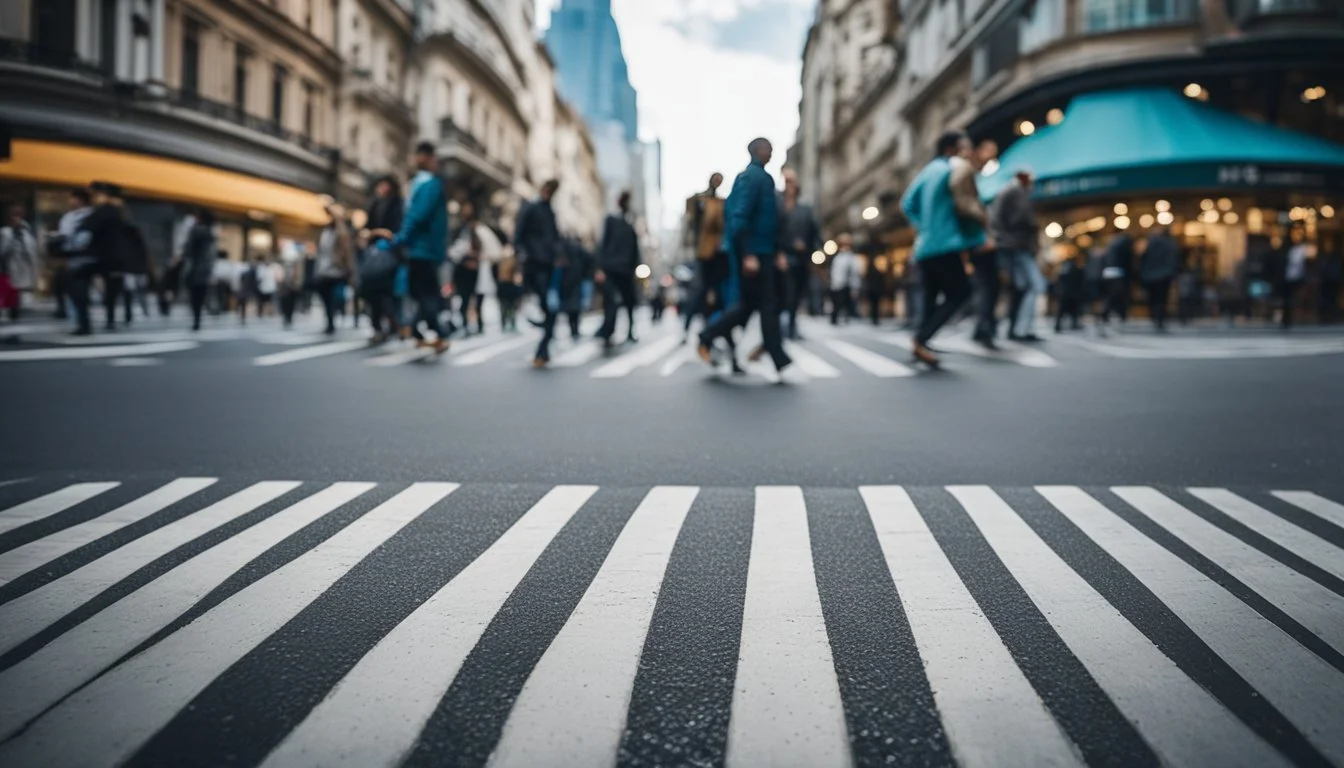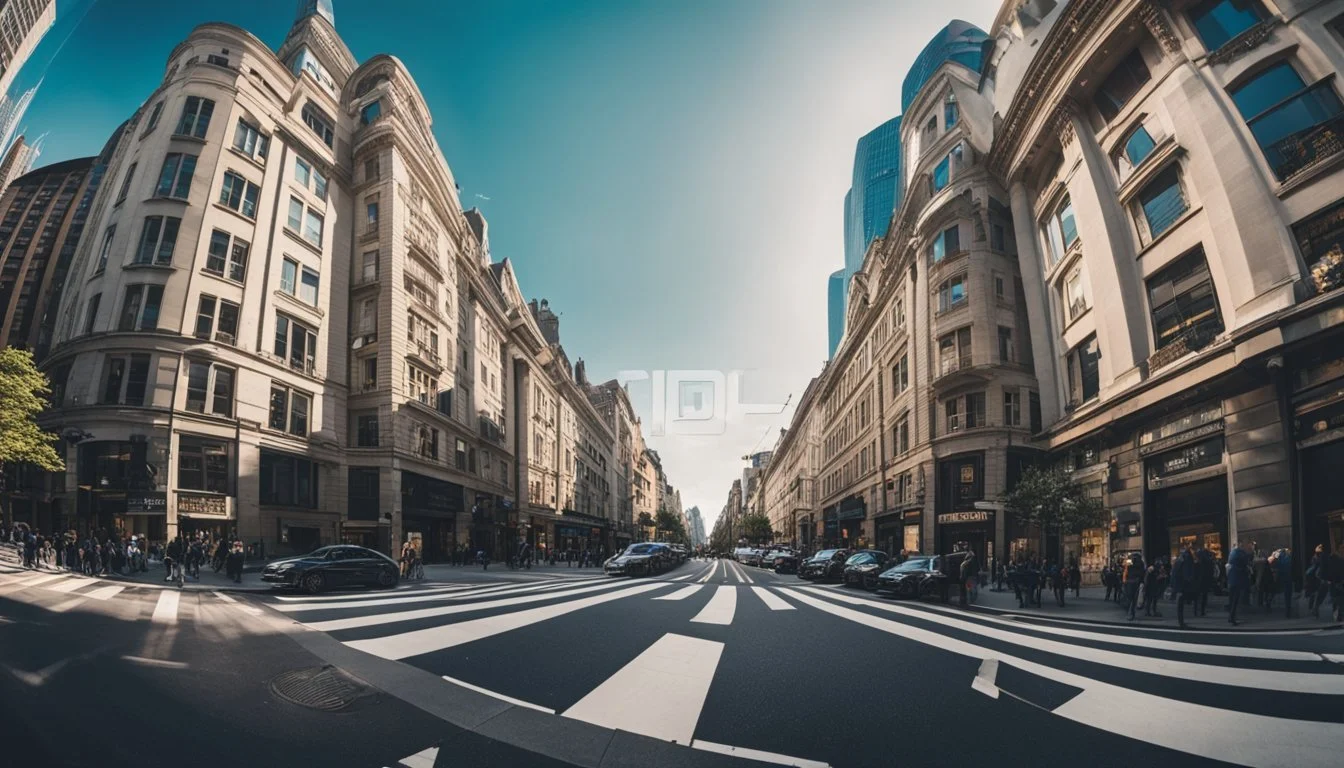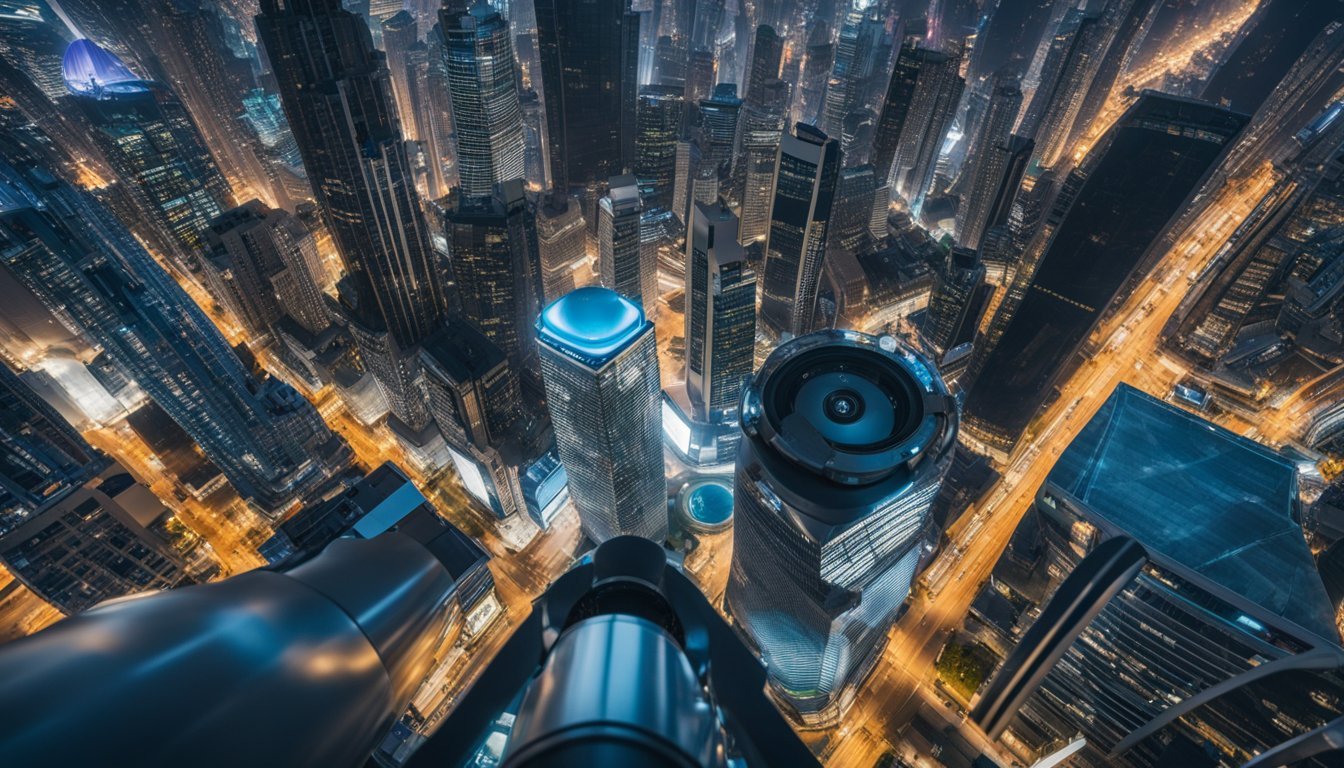5 Innovative Ways to Use 360-Degree Cameras in Your Films
Elevate Your Cinematic Experience
Filmmakers are continually exploring new techniques to create captivating visuals and immersive experiences. The advent of 360-degree cameras has opened up unique possibilities in filmmaking, allowing creators to go beyond traditional framing and capture the entire environment around them. These versatile cameras are transforming narrative possibilities and audience engagement.
By harnessing the full potential of 360-degree cameras, directors and cinematographers can enhance storytelling and provide viewers with a more interactive viewing experience. Whether used in action scenes, virtual tours, or creative transitions, their ability to capture comprehensive views offers a fresh perspective that can elevate a film's visual impact.
1) Immersive Action Sequences
360-degree cameras can transform action scenes by capturing every angle of the action. Filmmakers can place these cameras in the middle of the scene, allowing viewers to feel as if they are part of the action.
The ability to pan, tilt, and zoom gives the audience control over their viewing perspective. This technique can enhance the sense of presence and adrenaline during intense moments.
Using 360-degree cameras in chase scenes, for example, can create a more immersive experience. Viewers can follow the action from all perspectives, making the sequence more dynamic and engaging.
Additionally, fight scenes can benefit from this technology. The audience can choose their focus, whether on the main fight or surrounding details, adding depth and complexity to the scene.
By integrating 360-degree cameras, filmmakers can offer a more interactive and engaging narrative experience.
2) Virtual Reality Experiences
Using 360-degree cameras for virtual reality (VR) experiences offers a unique way to immerse viewers in the world you create. These cameras capture every angle, allowing the audience to explore their surroundings freely.
Filmmakers can use 360-degree footage to create interactive storytelling. Viewers can follow different paths or perspectives, enhancing the engagement and interactivity of the film.
360-degree cameras make it possible to film scenes that feel more real and engaging. By giving viewers control over what they see, the experience becomes more personal and immersive.
These cameras are also excellent for virtual tours. Whether for educational purposes or showcasing locations, 360-degree imagery can bring places to life in ways traditional cameras can't.
For those venturing into VR, it's critical to plan shots carefully. Keeping camera movement minimal helps reduce motion sickness, making the experience more comfortable for the audience.
3) Unique Documentary Angles
360-degree cameras offer unprecedented perspectives, transforming documentary filmmaking.
They bring an immersive quality, allowing viewers to explore scenes naturally. For instance, capturing a bustling market lets audiences look around freely, feeling present in the location.
These cameras excel in interviews too. Placing a 360-degree camera in the middle of a conversation provides a complete view, including the surroundings.
Nature documentaries benefit immensely. A 360-degree camera positioned in the wilderness captures the environment in its entirety, showcasing the vastness and beauty of natural settings effectively.
Lastly, historical reenactments gain authenticity. By placing a 360-degree camera in the scene, viewers can experience events as if they were right there, making history feel alive.
4) Dynamic Music Videos
360-degree cameras offer a fresh way to create dynamic music videos, enhancing viewer engagement. Artists can utilize this technology to transport their audience into immersive environments, providing a unique visual experience.
These cameras allow viewers to explore the settings of the music video by navigating and interacting with the scene. For instance, Beyoncé’s video "All Night" gives a 360-degree view of New Orleans, adding depth to the narrative.
Such immersive experiences can make viewers feel part of the scene, heightening their connection to the music. Indie bands like JR JR have used this technique in videos like "Gone," filmed in an abandoned Detroit warehouse, giving a raw, captivating feel.
Directors and artists can experiment with location, movement, and angles in ways traditional filming methods don't allow. This can lead to more creative and visually stunning productions that stand out in a crowded digital landscape.
By integrating 360-degree cameras, music videos don't just entertain but also offer a richer, more interactive experience. This innovation provides an opportunity for musicians to deeply engage with their audience, creating memorable and vivid audiovisual stories.
5) Innovative Advertising Spots
360-degree cameras can elevate advertising in ways traditional methods can't match.
Brands can create immersive ads that allow viewers to explore different angles and perspectives. This can engage users more deeply and can include interactive elements that are not possible with standard video ads.
Advertisers can showcase products in a more dynamic way. For example, a car commercial could allow users to view the interior and exterior from any angle, creating a more compelling experience.
Real estate companies can use 360-degree cameras to offer virtual tours of properties, giving potential buyers a comprehensive view without needing to visit in person.
Event promotions can also be enhanced. By providing a 360-degree view of past events, organizations can give potential attendees a sense of what to expect, making promotional content more engaging and realistic.
Travel ads benefit especially well. Showcasing destinations through 360-degree footage can give potential tourists a virtual taste of the locale, capturing attention and sparking interest in a way flat images can't match.
These innovative spots can draw viewers into a scene, making the ad experience more memorable.
Understanding 360-Degree Cameras
360-degree cameras capture a complete, spherical view of the surrounding environment. They achieve this by using two or more lenses. Each lens typically covers over 180 degrees, and the captured images are then stitched together to form a seamless spherical image.
The resulting footage allows viewers to explore every angle, creating an immersive experience.
This is particularly beneficial for virtual reality (VR) applications, where users can look around within a scene just by turning their heads. The sense of presence and engagement is substantially higher compared to traditional video.
360-degree cameras can replace multiple traditional cameras. For instance, a single 360-degree camera can monitor an entire room, reducing the need for several fixed-angle cameras. This not only saves money but also reduces cabling and setup time.
Models such as the Insta360 X3 are known for their advanced stitching capabilities. The camera combines footage from both lenses into a smooth, 360-degree sphere. This process is often automatic and quick, ensuring ease of use.
Different 360-degree cameras may offer various modes for video output. For example, some support 1080P AHD, 1080P CVI, 1080P TVI, and CVBS 960H analog. Users can select the format that best meets their needs.
In terms of design, many 360-degree cameras are compact and lightweight, making them easy to transport and set up. This is particularly useful for on-the-go filming or capturing dynamic events.
Viewers can navigate 360-degree footage interactively, using VR headsets, mobile devices, or web browsers. This interactivity can significantly enhance the engagement level for audiences. Websites and platforms like YouTube and Facebook now support 360-degree videos, making them accessible to a broader audience.
Advantages of Using 360-Degree Cameras in Filmmaking
360-degree cameras bring a new level of engagement and storytelling to filmmaking. They allow viewers to immerse themselves fully in the scene and offer filmmakers innovative ways to present their narratives.
Enhanced Viewer Engagement
360-degree cameras are designed to capture video from all angles, providing a comprehensive view of the environment. This omnidirectional capture allows viewers to feel like they are right in the middle of the action.
With the immersive experience, audiences can choose what to look at within the scene, fostering a more interactive experience.
This heightened level of engagement is particularly beneficial in genres such as virtual reality and immersive documentaries. Filmmakers can draw viewers deeper into the story, making them feel like active participants rather than passive observers. This approach can also be used in marketing and promotional content to provide a more compelling viewer experience.
Unique Storytelling Opportunities
360-degree cameras offer filmmakers the ability to create stories that unfold simultaneously in multiple directions. This opens up exciting possibilities for creative storytelling.
Instead of the traditional linear narrative, filmmakers can design scenes where different storylines occur around the viewer.
This technique can be particularly useful for depicting complex scenes or showcasing different character perspectives within the same environment. Additionally, it allows for more dynamic and innovative scene compositions.
By incorporating 360-degree technology, filmmakers can guide viewers' attention through audio cues, visual markers, or interactive elements, enhancing the storytelling experience. This not only makes the content more engaging but also allows for more creative freedom in film production.
Technical Considerations for 360-Degree Filmmaking
Effective 360-degree filmmaking requires precise attention to camera placement and movement as well as meticulous stitching and post-production methods. Proper execution in these areas ensures immersive and high-quality content.
Camera Placement and Movement
When using 360-degree cameras, placement is crucial for capturing the full environment. These cameras should ideally be positioned at the center of the action to ensure equal coverage in all directions.
Movement with 360-degree cameras must be deliberate. Unlike traditional filming, sudden or rapid camera movements can disorient viewers. Stabilization equipment, like gimbals and tripods, can reduce shakiness. Be mindful of sensor limits; ensure the camera’s field of view remains unobstructed.
Plan scenes carefully with an awareness of all angles, ensuring there is nothing unsightly within the view that could distract the audience.
Stitching and Post-Production
Stitching is the process of combining footage from multiple lenses into a seamless 360-degree video. High-quality stitching software is vital to minimize distortions and alignment issues. Techniques such as optical flow stitching can enhance the visual continuity of the scene.
Post-production in 360-degree filmmaking involves more than just stitching. Color correction ensures uniformity across all angles to avoid jarring transitions. Editing software like Adobe Premiere Pro and specialized tools like Kolor Autopano can handle the unique demands of 360-degree footage.
Attention to detail during these stages ensures that the final product immerses the viewer completely, maintaining the illusion of being within the scene.




